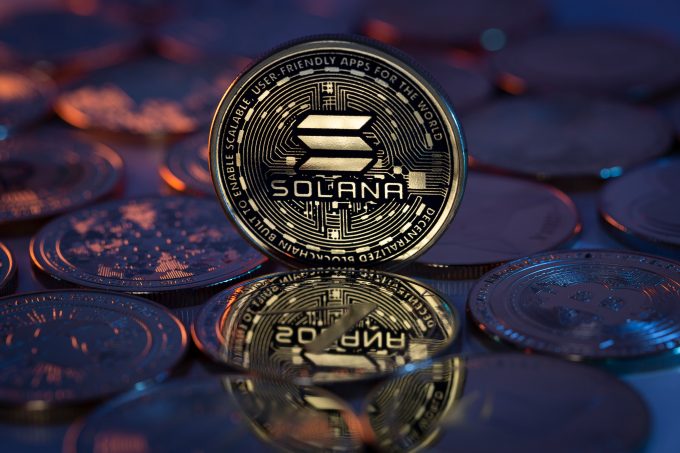In a signal of renewed appetite for blockchain infrastructure, MegaETH’s recent token sale drew over $450 million in commitments, nearly nine times the target amount, underscoring investor demand for scalable Layer-2 solutions as Ethereum’s transaction volumes surge again. The oversubscription positions MegaETH among 2025’s most closely watched infrastructure projects, reflecting a broader shift toward capital-intensive, high-throughput blockchain ecosystems.
Crypto Markets Turn to Infrastructure Amid Renewed Volatility
The MegaETH sale arrives at a moment of renewed market volatility. Bitcoin remains range-bound around $68,000, while Ethereum trades near $2,520, both consolidating after October’s rally driven by ETF inflows. Despite short-term corrections, venture and institutional capital are re-focusing on infrastructure plays rather than speculative tokens — a shift reminiscent of the 2021 cycle’s pivot toward scalability.
Data from DeFiLlama shows Layer-2 networks now account for over 22% of total value locked (TVL) across Ethereum, with major players such as Arbitrum, Optimism, and Base collectively holding more than $28 billion. MegaETH’s oversubscribed sale suggests that investors are seeking differentiated execution layers capable of supporting real-time applications without Ethereum’s latency and gas-cost constraints.
Investor Sentiment: From Speculation to Structural Growth
Unlike retail-driven memecoin trends earlier this year, MegaETH’s sale was reportedly dominated by institutional and crypto-native venture funds, including several early Ethereum backers. According to internal figures cited in the sale’s documentation, average allocation requests exceeded the offering cap by 8.9×, with over $450 million in aggregate bids for a limited token supply.
Analysts suggest the trend reflects a strategic recalibration among investors — moving from opportunistic speculation to long-term infrastructure exposure. “Liquidity is chasing throughput,” noted one fund manager familiar with the raise. “Institutional desks are positioning for the next two-year cycle of on-chain activity, where execution speed and composability will determine network dominance.”
Strategic and Psychological Layers in Market Positioning
MegaETH’s technical thesis — real-time execution synchronized to Ethereum’s consensus — resonates with developers frustrated by the limitations of existing rollups. For investors, the narrative blends both rational infrastructure allocation and psychological momentum: early participation in a potentially foundational network often reinforces conviction and retention during volatile phases.
Historically, oversubscribed infrastructure rounds have preceded multi-year build phases rather than speculative peaks. MegaETH’s ability to attract deep-pocketed backers amid a cautious macro environment suggests a measured return of confidence in crypto’s fundamental layer.
Looking Ahead: Opportunity and Execution Risk
With mainnet launch projected for early 2026, MegaETH faces the dual challenge of scaling user adoption while differentiating in an increasingly crowded Layer-2 market. Execution risk remains high — particularly as rivals like zkSync and Polygon CDK accelerate feature rollouts.
Yet if the platform delivers on its promise of millisecond-level transaction finality and seamless Ethereum interoperability, it could capture meaningful share in the next wave of decentralized application growth. For investors, MegaETH’s oversubscription is less a sign of speculative excess and more a barometer of capital rotation toward the foundational layers of Web3 — where infrastructure, not hype, may define the next crypto cycle.













https://shorturl.fm/1a2Fx